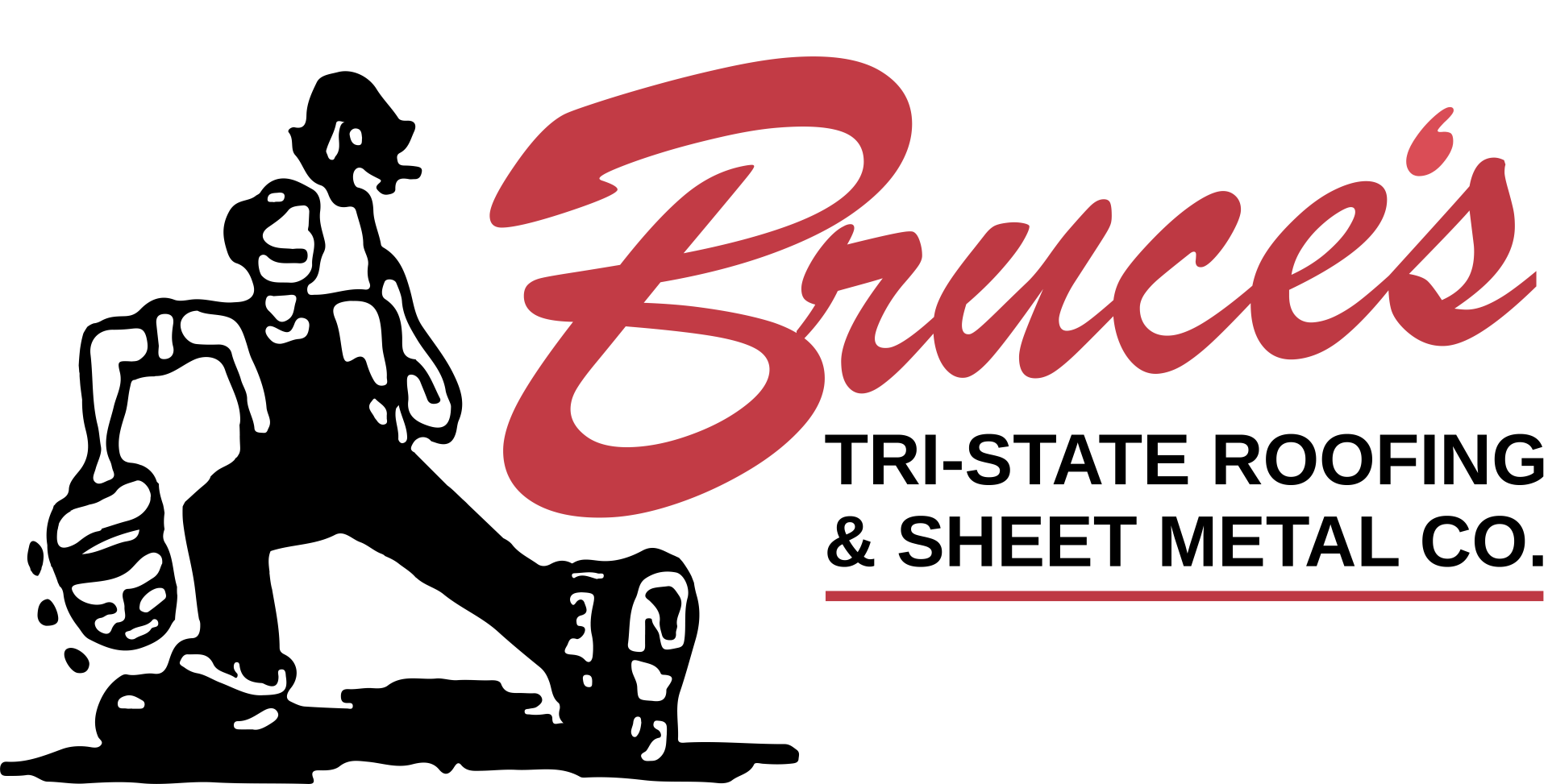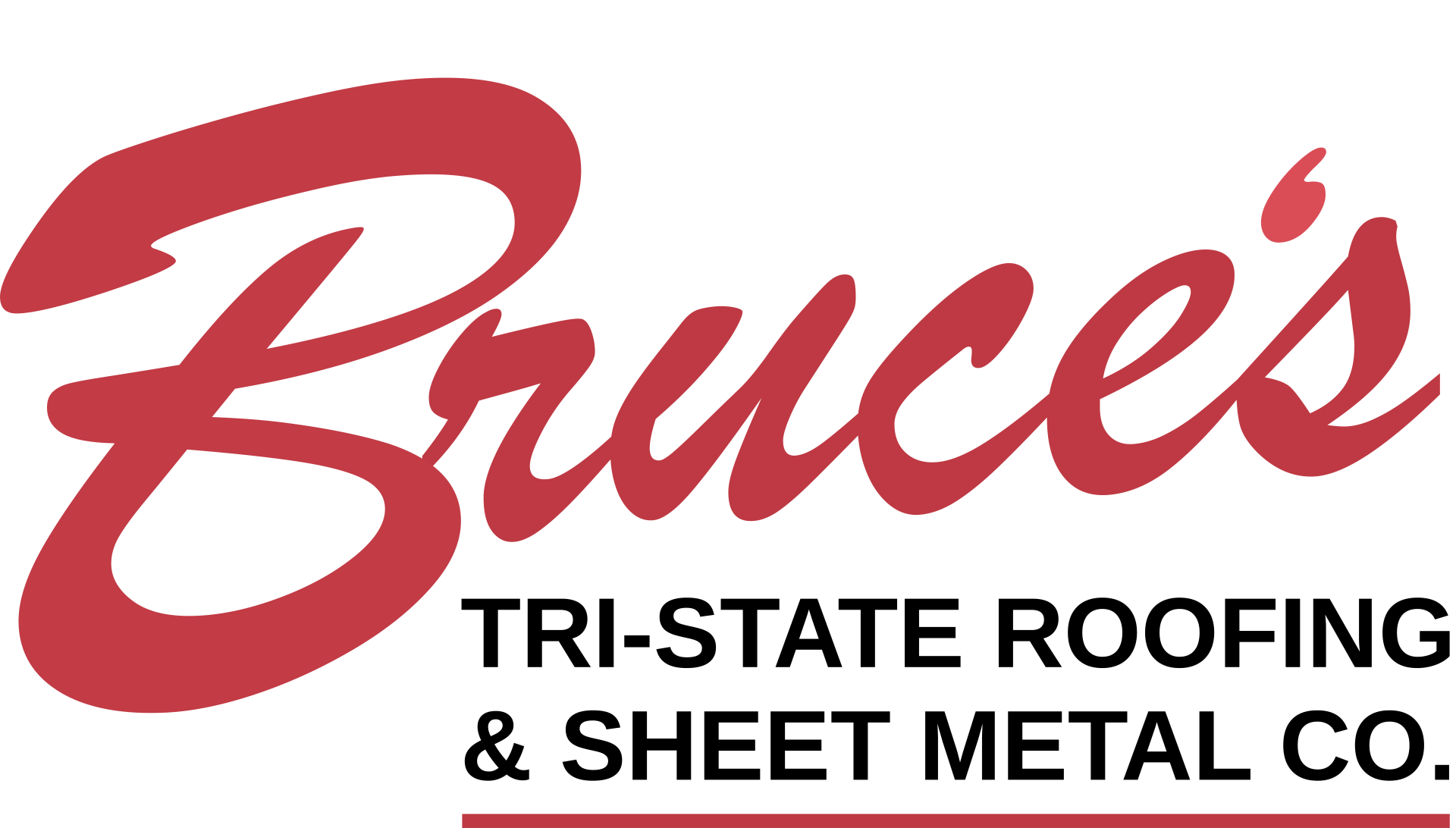In Owensboro, KY, hailstorms are fairly routine, often leaving a significant mark on residential roofs. Recognizing the signs of hail damage is vital for homeowners who want to avoid more serious issues down the line. After a hailstorm passes, many might underestimate the impact these icy pellets can have on their homes. It’s common to think, "It's just ice—it’ll melt." However, the damage can be far more extensive and linger long after the storm has cleared.
Tackling hail damage head-on can save you from costly repairs in the future. And it’s not as difficult as you might think. By knowing what to look for and taking a few proactive steps, you can assess any damage and decide if a professional consultation is necessary. This approach helps maintain the health of your roof and safeguards your investment in your home.
Signs of Hail Damage to Look For
After a hailstorm rolls through, your first task should be a quick yet thorough inspection for visible signs of damage. Start by examining the shingles. Common indicators include dents and bruises, which might appear as dark spots where the granules have been knocked off. This stripping of granules leaves shingles vulnerable to the elements. Missing shingles or those that seem out of place may also highlight areas struck by hail.
It's not just the shingles that take a beating. Be sure to check other roof elements like gutters and downspouts. Dents or cracks in these components suggest significant hail impact. Gutters weakened by hail can affect the drainage system, leading to potential water issues.
Consider the following checklist to guide your assessment:
- Look for circular dents or bruises on shingles.
- Check if any shingles are completely missing or dislodged.
- Inspect gutters and downspouts for dents or cracks.
- Notice any exposed or shiny spots on the roof surface.
A good tip is to use a camera or smartphone to capture images as you go. These pictures can be invaluable for keeping records and may also assist should you choose to involve your insurance company. If you detect any troubling signs, additional steps may be required to assure your roof’s integrity.
Inspection Tips and Tools
Checking your roof after a hailstorm is crucial, but that doesn't mean you have to put yourself in harm's way. It's best to do most of the inspection from the ground, using safe and effective tools. Here are a few tips that can help:
- Stay Grounded: Avoid climbing onto the roof. It's safer to inspect it from the ground to prevent accidents.
- Use the Right Tools: Get a pair of binoculars or a camera with a good zoom to get a closer look at your roof without actually being on it. You can spot dents, missing shingles, or any unusual areas that might need a closer inspection.
- Check the Attic: Head to your attic to see if there are any leaks or wet spots that stand out. This can directly indicate damage from a hailstorm since water finding its way in might mean shingles or roofing materials are compromised.
- Look for Signs Indoors: Water stains on your ceiling or walls indoors can also signal roof issues following a hailstorm. These need immediate attention to prevent further damage and potential structural issues.
By following these simple steps, you can perform a basic check without putting yourself at risk. If you notice any serious damage or you're uncertain about what you've observed, it's best to bring in the professionals for a detailed assessment.
When to Call a Professional
Hail damage isn't always obvious, and some issues are hidden from plain sight. Sometimes, what appears minor can lead to significant problems if not addressed promptly. Here's why getting professional advice can be a smart move:
- Hidden Problems: Only trained eyes can often spot underlying damages like subtle tears or cracks, which could result in leaks or further damage down the line.
- Timely Inspection: Addressing issues early can save you money and stress in the long run. Delaying might turn simple repairs into more complex situations requiring substantial effort and cost.
- Valuable Expertise: Professionals bring valuable experience and can offer guidance on repair or replacement options that best suit your situation. They are equipped with the proper tools and a wealth of knowledge to assess the severity of the damage accurately.
If you're unsure about any signs you've spotted or just want peace of mind, it's wise to schedule a professional inspection to ensure your roof stays sound and secure.
Steps After Identifying Hail Damage
So, you've confirmed that your roof has suffered hail damage—what's next? Here's a rundown on what to do to get things back on track:
1. Document Everything: Start by taking detailed photos of all the damage you see. This includes both the outside of your house—like shingles, gutters, and downspouts—and any damage you've noticed inside, like leaks or stains on the ceiling.
2. Contact Your Insurance Company: Reach out to your insurance company as soon as possible. Let them know about the damage and provide them with the photographs as evidence. They'll guide you on how to file a claim and what the next steps will be.
3. Hire a Reputable Roofing Contractor: Once you've handled the insurance part, it's time to bring in the experts. Look for experienced roofing contractors who can provide repair or replacement services. Ensure they have good reviews and a clear history of quality work.
By following these steps, you can smooth out the process of repairing your roof and get things back in order.
Keeping Your Roof Hail-Resistant
To better protect your roof against future hailstorms, consider some long-term solutions and maintenance strategies:
- Impact-Resistant Shingles: Investing in quality, impact-resistant shingles can help reduce future damage. These shingles are designed to withstand hail better than standard options, providing an extra layer of security.
- Routine Inspections: Regular roof check-ups can catch minor issues before they evolve into major problems. Add this to your yearly home maintenance routine, and you'll save time and money in the long run.
- Regular Roof Maintenance: Keeping your roof clean and free of debris can prevent damage from hail and other elements. Trim overhanging branches and clear gutters to ensure proper drainage and reduce strain on the roof.
Maintaining a hail-resistant roof not only provides peace of mind but also contributes to the overall longevity of your home's structure.
Protect Your Roof from Hail Damage
Understanding the signs of hail damage and knowing how to address them is your first line of defense in keeping your roof in great condition. By taking action promptly, you can avoid more significant issues and extend the lifespan of your roof. Opting for professional inspections and maintaining a hail-resistant roofing system ensures your home remains protected throughout the seasons.
By staying proactive with maintenance and being prepared for potential damage, you can minimize the impact of Owensboro's frequent hailstorms and preserve the integrity of your home. Taking these steps not only prevents costly repairs but also ensures a safe and comfortable living environment.
Protect your home from potential weather damage by staying informed and proactive. If you've experienced
roof hail damage in Kentucky, it's time to ensure your roof is properly assessed and maintained. Trust Bruce's Tristate Roofing to provide the professional services you need. For more information on securing your home against future storms, contact us today.





